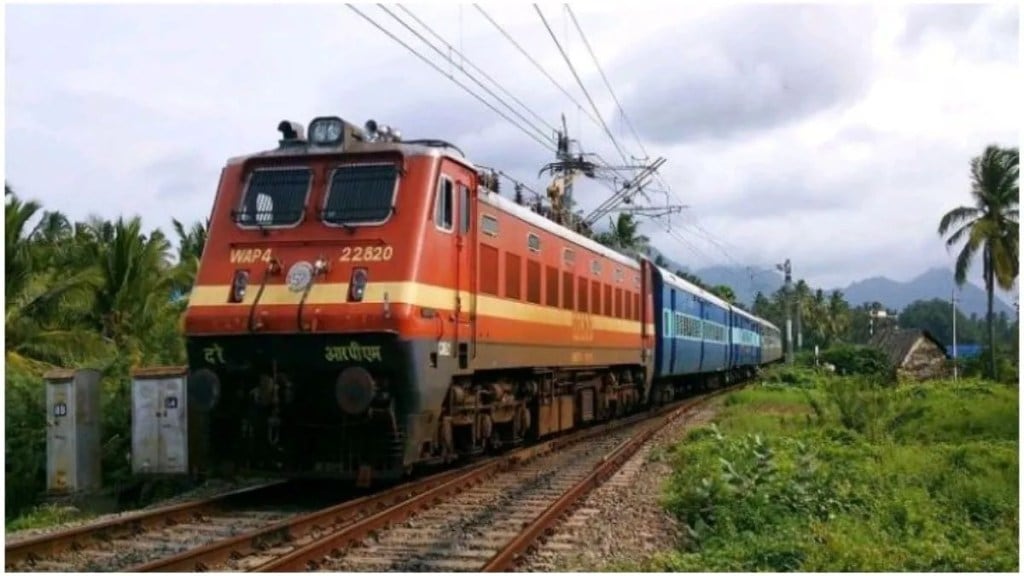The Indian government has approved a budget allocation of Rs 2.52 lakh crore for the Railways in the 2025-26 financial year, maintaining the allocation from the previous year. This allocation will support the continued development and modernisation of India’s railway network, with a particular emphasis on increasing revenue from both passenger and freight services. The Union Budget, presented by Finance Minister Nirmala Sitharaman on Saturday, also outlined several key proposals aimed at improving the operational efficiency and safety of the Railways.
Capital Expenditure and Revenue Targets for 2025-26
For the fiscal year 2025-26, the total capital expenditure for Indian Railways is estimated at Rs 2.65 lakh crore. This includes Rs 2.52 lakh crore from general revenues, Rs 200 crore from the Nirbhaya Fund, Rs 3,000 crore from internal resources, and Rs 10,000 crore from extra-budgetary resources. These funds will be crucial in strengthening the infrastructure and safety measures across the Indian Railways network.
The budget also sets ambitious revenue targets for the Railways, with a projected income of Rs 3.02 lakh crore from passenger services, freight, and other sources. This is an increase from the revised estimate of Rs 2.79 lakh crore in 2024-25. The targeted revenue from passenger services is Rs 80,000 crore, reflecting a growth of 13.2%, while goods revenue is set at Rs 1.8 lakh crore, a 7% increase from the previous year.
Growth in Passenger and Freight Revenue
In 2024-25, the Indian Railways witnessed a significant increase in revenue from both passenger and freight services. Passenger revenue for the year is expected to reach Rs 80,000 crore, compared to Rs 70,693 crore in 2023-24. Similarly, freight earnings have risen to Rs 1.8 lakh crore, up from Rs 1.68 lakh crore in the previous year. These growth figures highlight the Railways’ ongoing efforts to boost its revenue streams and improve operational efficiency.
However, some experts have raised concerns over the modest increase in goods revenue, given the substantial capital expenditure made in recent years to modernise the rail network.
Investment in Safety and Infrastructure Expansion
The government has also focused on safety improvements in the Railways, with an allocation of Rs 1.16 lakh crore for safety-related activities in 2025-26. This is a slight increase from the revised estimate of Rs 1.14 lakh crore in 2024-25. Indian Railways continues to make significant progress in network expansion, with nearly 4,000 km of track being added annually. Over the past decade, 31,180 km of new track has been laid, contributing to the overall growth of the network.
Despite these efforts, some experts remain concerned about the adequacy of funding for safety measures, particularly the rollout of the ‘Kavach’ system, which aims to equip 44,000 route kilometers with advanced signalling systems. Shailendra Kumar Goel, a former DG of the Indian Railways Institute of Signal Engineering & Telecommunications, highlighted that the Rs 6,800 crore allocated for signalling and telecom works in 2025-26 is insufficient to meet the target and ensure the safety of passengers.
Concerns from Railway Unions and Federations
Railway unions and federations have also expressed concerns regarding the safety of rail operators and maintenance of assets. M Raghavaiah, General Secretary of the National Federation of Indian Railwaymen (NFIR), criticized the government for failing to address safety issues, particularly the continued ban on creating posts in the Railways. This ban has hindered the recruitment of personnel for safety-related roles, including maintenance and operation of new assets.
The unions argue that without addressing these critical staffing issues, the safety and efficiency of the railway network will be compromised. The lack of new safety posts could undermine the government’s efforts to modernize the system and restore public trust in rail operations following a series of train accidents in recent years.
While the 2025-26 Union Budget reflects the government’s commitment to the growth and modernization of Indian Railways, concerns about safety, infrastructure, and adequate funding for critical projects remain. The continued focus on revenue generation from passengers and freight is essential for the financial sustainability of the Railways, but it is equally important to address the staffing and safety issues that are central to the system’s long-term success.

